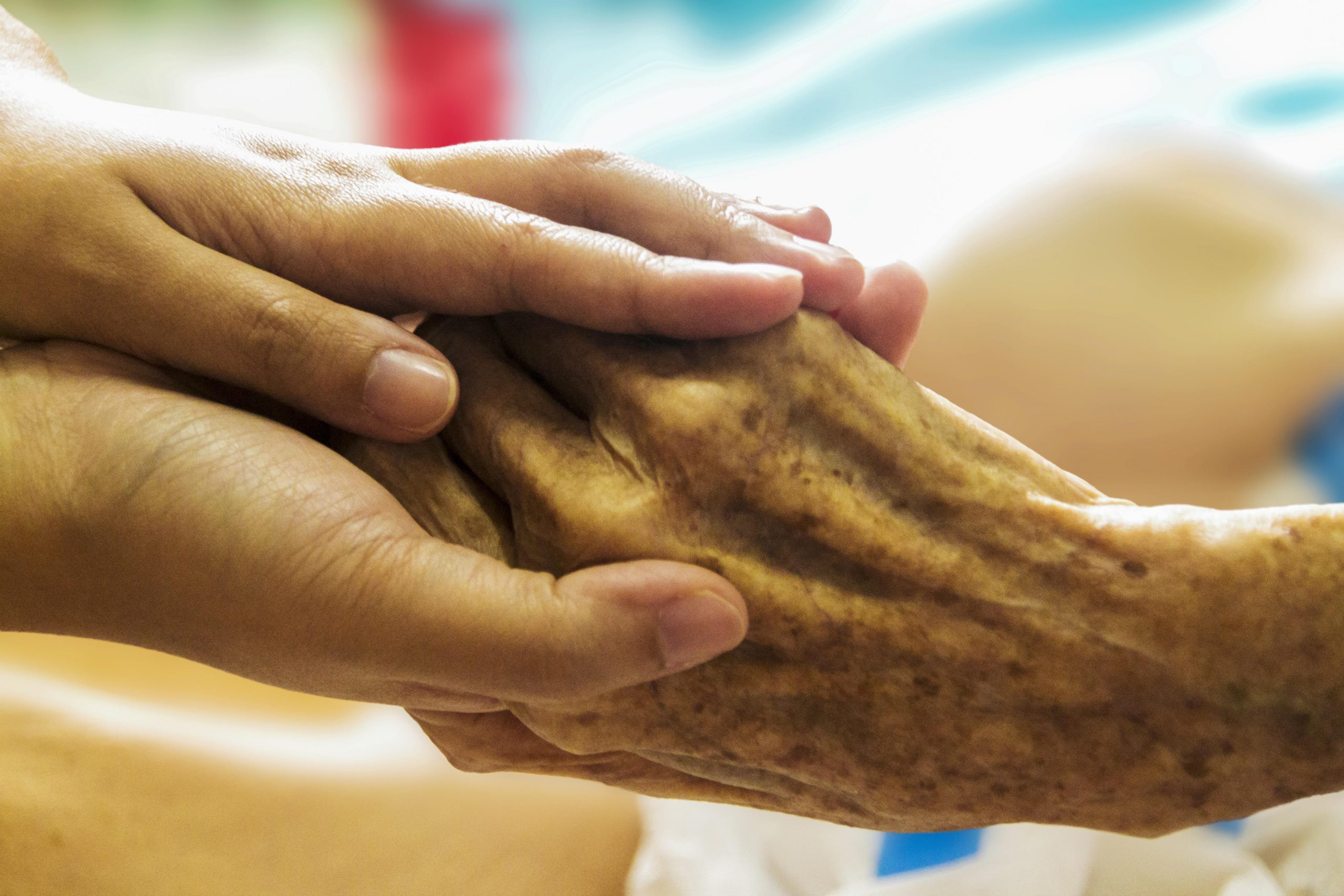
How the Decision For End-of-Life Care is Made
When a senior and his or her family are facing end-of-life care decisions, there are many considerations that come into play. Much of the decision-making will fall on the family, especially in the case of elders who are unable to make their own decisions because of the advancement of their illness, such as Alzheimer’s or other forms of dementia. These decisions in San Francisco and elsewhere are not easy, but they have to be made.
June was Alzheimer’s and Brain Awareness Month, and it’s important to shed light on these issues that plague 55 million people suffering from Alzheimer’s or other forms of dementia. Today we will discuss how the decision for end-of-life care is made, not just by the patient and family, but by the doctors and nurses as well. If your loved one suffers from Alzheimer’s or other forms of dementia, it can be tough to make the decision on your own as a family member. There are people here to help.
Starting the Journey
Ultimately, the decision to look into hospice care lies with the patient and family members. It’s wise for one family member or friend to be appointed the primary caregiver, though, and this person will communicate to the doctor and care team about steps moving forward. It’s just easier to have a point person so things don’t get confusing.
It’s common for many families to delay discussions regarding end-of-life care because it’s such an emotionally-charged topic. If you have started to wonder if your loved one should enter hospice, chances are, they probably already qualify. But even if they aren’t eligible at this time for hospice care, it’s important to start gathering information now about hospice options before a crisis arises and forces you to scramble.
You should start exploring hospice options if your loved one:
- Frequently visits the ER
- Is showing a decline in how well (if at all) they can perform daily tasks, such as dressing, walking, eating, or using the bathroom
- Is falling more often
- Has shown changes in mental abilities
- Is experiencing progressive weight loss
- Has skin tears and infections
After noticing these symptoms, you may first want to reach out to their primary care doctor for an evaluation. Generally, entry into hospice can be approved if the doctor believes the patient has less than six months to live, says the National Institute on Aging. If your loved one happens to live beyond that six-month allotment, they may still be able to continue receiving hospice care, so long as their doctor will re-certify their eligibility.
Qualifying For Hospice Care
When determining eligibility for end-of-life care, the physician must certify that their patient is terminally ill and that they have a life expectancy of six months or less, provided the disease has run its natural course. The hospice medical director will then have to agree with that assessment.
Here is a look at the criteria that is used in determining hospice eligibility.
Lack of improvement: This is when, even with treatment, the patient’s condition is no longer improving. They are not feeling any better and their illness has advanced to end-stage disease.
Care goals have changed: This is when the patient understands the situation is not going to get better and has decided not to be in the hospital anymore. This is often when the patient and family members have accepted the reality and are ready to take the next step beyond treatment of the disease into comfort measures.
Acute health events: End-of-life care may be required when the patient suffers from an acute event, such as a stroke or heart attack, that leaves no choice regarding entry into hospice.
Once a patient has been referred to hospice by a doctor, a hospice nurse will visit with the patient and family to conduct a health assessment. Your loved one may qualify for hospice if they are showing these common signs:
- Weight loss of 10 percent in past three to six months
- Insufficient hydration and nutrition
- Difficulty swallowing
- Shortness of breath
- Inability to perform daily activities independently
- Spends most days in a chair or in bed
- Increased daytime sleeping and fatigue
- Worsening incontinence
- Pain or emotional suffering
- Recurrent/multiple infections
- Increased cognitive impairment, unintelligible speech, confusion
- Increased visits to the ER
- Rapid disease progression regardless of treatment
Once the assessment is done, the hospice care team makes a decision as a whole regarding acceptance. The hospice medical director has the last say, though. Once approved, the patient and family members must then decide on where to engage in hospice: in the home or in a facility. Here at Pathways, we can deliver hospice services in private homes, nursing homes, assisted living facilities, or even in the hospital.
Contact Pathways Home Health and Hospice
If you have come to a decision regarding end-of-life care and need to know more information about how we can make the transition easier, contact us at 888-978-1306.

